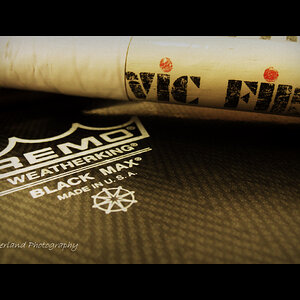- Joined
- May 1, 2008
- Messages
- 25,422
- Reaction score
- 5,003
- Location
- UK - England
- Website
- www.deviantart.com
- Can others edit my Photos
- Photos OK to edit
Just a few quick thoughts/questions on this :
1) If you have a DSLR modified to take IR photos do you have to also use an IR filter on the lens or is this included in part of the camera's internal sensor modification
2) If you don't have to use an IR filter on the lens will using one cause any possible problems/degradation (beyond that expected by adding a good quality filter)?
3) If you have a DSLR with live view capabilities modified to do IR photography I assume that the LCD on the back, in live view mode, would display the IR light as normal.
1) If you have a DSLR modified to take IR photos do you have to also use an IR filter on the lens or is this included in part of the camera's internal sensor modification
2) If you don't have to use an IR filter on the lens will using one cause any possible problems/degradation (beyond that expected by adding a good quality filter)?
3) If you have a DSLR with live view capabilities modified to do IR photography I assume that the LCD on the back, in live view mode, would display the IR light as normal.



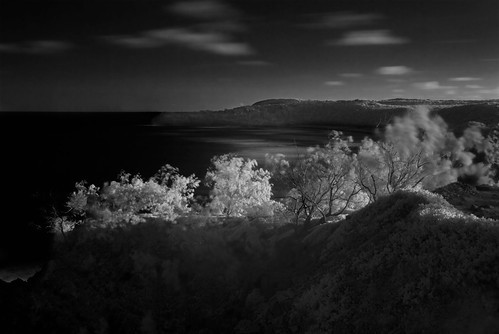
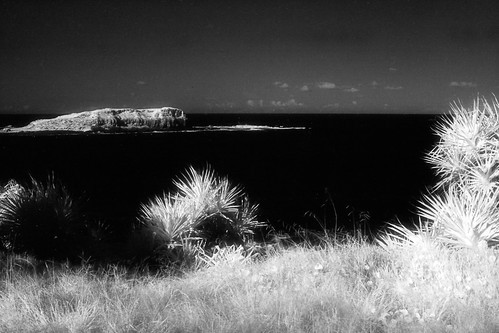

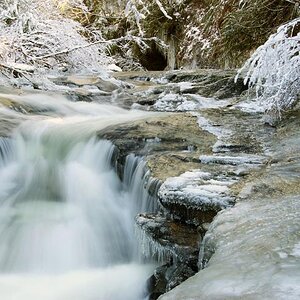
![[No title]](/data/xfmg/thumbnail/39/39293-55a527d2a9b287bf5e5b6d118abab22c.jpg?1619738958)
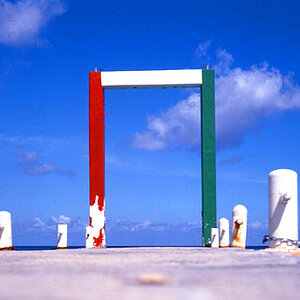
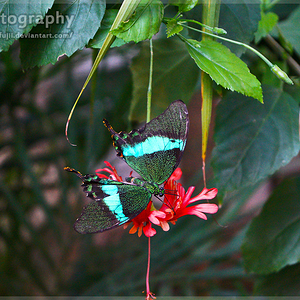
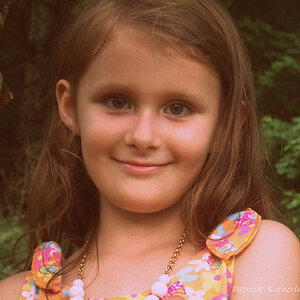
![[No title]](/data/xfmg/thumbnail/39/39291-a89dc472765e04f66f617dd9acc8030d.jpg?1619738958)
